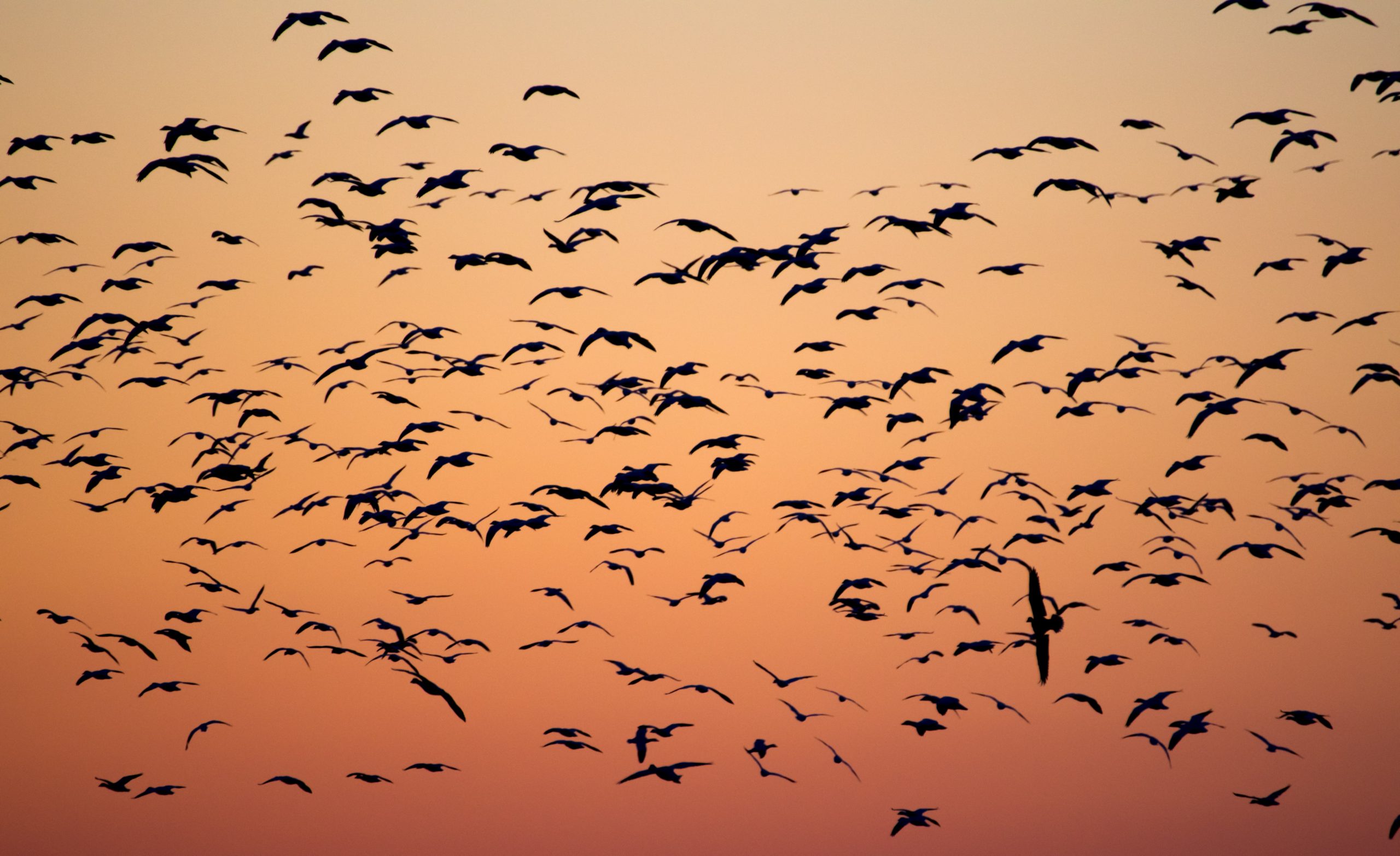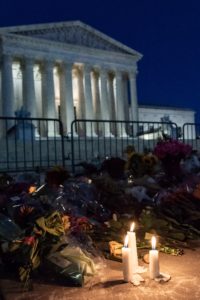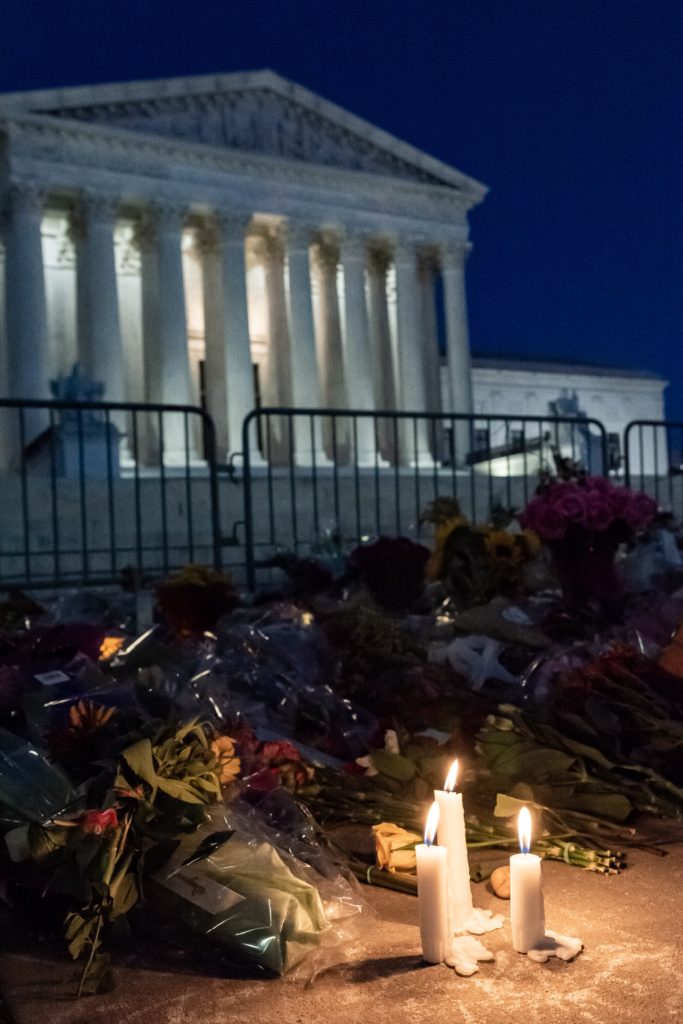By: Jaclyn Bragano
In an area of law that had been unchanged for nearly fifty years, a 2017 federal memorandum[1] rocked the migratory bird boat, prompting years of contradictory opinions and controversial rulemaking. The last few years have brought inconsistency and confusion in the context of migratory bird protections as opposing administrations batted back and forth over the interpretation of the Migratory Bird Treaty Act[2] (“MBTA” or “the Act”).
The MBTA was first enacted in 1918 to implement the 1916 international conservation treaty between the United States and Canada to “sav[e] from indiscriminate slaughter and [ensure] the preservation of [] migratory birds.”[3] Since enactment, it has been amended multiple times, most notably when the United States signed similar treaties with Mexico in 1936, Japan in 1972, and Russia in 1976.[4] Throughout the amendments, the MBTA remained consistent in its prohibition on “taking” protected migratory bird species “by any means . . . or in any manner” without prior authorization by the Department of the Interior (“DOI”) U.S. Fish and Wildlife Service (“FWS”).[5] This prohibition was consistently interpreted to strictly penalize both the intentional and incidental “taking” of migratory birds as a federal crime, which includes actions such as killing, capturing, selling, trading, and transporting the protected birds.[6]
Notably, the incidental take prohibition was key in holding BP responsible for the extraordinary damage caused by its 2010 Deepwater Horizon oil spill, which is believed to have killed around one million birds in the Gulf Coast.[7] BP was fined $100 million under the incidental take interpretation of the MBTA.[8] Over $64 million went directly to help the birds impacted by the spill and to restore over 350 thousand acres for the birds.[9] Unfortunately, in 2017, the MBTA lost half its effect when the Trump Administration determined that the Act did not actually protect migratory birds from incidental killings, only intentional killings.[10] Under this interpretation, BP would not have been held liable under the MBTA for its unintentional destruction, and that $64 million would have never gone to the birds.
Before the DOI changed its interpretation of the MBTA in December 2017, it had consistently applied the migratory bird protections since the 1970s.[11] At first, the Act was crucial to combat the over-hunting and poaching that decimated the bird populations in the early 1900s.[12] Now, because “industrial activities [have] emerged as the most significant threat to bird populations,”[13] the MBTA is crucial to prevent “gross negligence by companies that simply do not recognize the value of birds to society or the practical means to minimize harm.”[14] It is estimated that, per year, power poles electrocute between 900 thousand and 11.6 million birds, collisions with wind turbines kill 234 thousand birds, and oil pits kill 750 thousand birds.[15] The incidental take prohibition pushes companies to more carefully consider where they place their structures and more prudently contemplate what the environmental impacts of their actions will be in this context. Without this prohibition, as long as companies don’t intend to kill the birds, under the MBTA, they would face no barriers or consequences to building hard-to-see power lines in known migratory flight paths, for example. According to Endangered Species Director, Noah Greenwald, at the Center for Biological Diversity, if there is no incidental take prohibition, then “[v]ast numbers of birds will be electrocuted by power lines, drowned in oil waste pits and killed in other easily preventable ways.”[16]
Recognizing the importance of the incidental take interpretation of the MBTA, the Obama Administration DOI formally announced its intent to regulate incidental takes in a 2015 Federal Register notice, hoping to clarify the oft-questioned provision.[17] More so, in January 2017, just before the transition of powers, the DOI’s then-solicitor, Hilary Tompkins, issued a memorandum that confirmed the DOI’s “long-standing interpretation that the MBTA prohibits incidental takes.”[18] However, within that year, the new Trump Administration DOI Principal Deputy Solicitor, Daniel Jorjani, pulled a 180 on decades of precedent and issued a new memorandum stating that the MBTA did not prohibit incidental takes, only intentional ones, thus replacing the Tompkins opinion.[19]
Several environmental groups, as well as multiple states, filed suit to vacate this action.[20] In August 2020, U.S. District Judge Valerie Caproni decided that Jorjani’s opinion was an “unpersuasive interpretation of the MBTA’s unambiguous prohibition on killing protected birds” and was contrary to law.[21] Thus, Judge Caproni vacated the Jorjani opinion.[22]
Still, the fight over this interpretation did not end. The Trump Administration immediately appealed Judge Caproni’s decision to the Second Circuit. Even further, despite the federal judge holding Jorjani’s 2017 opinion as contrary to law, the Administration made a last-minute push in its final months to promulgate its interpretation through formal rulemaking.[23] The DOI published its environmental impact statement (“EIS”) in November 2020 and finalized the rule on January 5, 2021, with the intended effective date of February 8, 2021.[24] In its EIS, the DOI recognized that the policy change would likely result “in increased bird mortality,” but that it would likely reduce “legal and financing costs with improved legal certainty of regulation.”[25]
However, once in office, the Biden Administration quickly took action to counteract these movements. On February 25, 2021, the Administration withdrew the appeal to the Second Circuit, moving to leave the August decision by Judge Caproni in place, and no longer fighting for reinstatement of the Jorjani opinion.[26] Additionally, the Biden Administration pushed back the effective date of the Trump Administration’s final rule from February 8, 2021 to March 8, 2021, inviting public comment in the interim.[27]
Nevertheless, on March 8, the Trump-era rule became effective. Importantly, the Biden Administration DOI was quick to release a statement that same day, formally rescinding the 2017 Jorjani opinion. In accordance with that erasure, the DOI subsequently announced its intent to propose a new rule that would soon replace the just-enacted Trump Administration rule.[28] Thus, the Trump-era rule’s days are numbered right out of the gate, and the migratory birds will hopefully benefit from their fair share of protections again soon.
While it is clear that the Biden Administration is supportive of more expansive protection for the migratory birds than the Trump Administration, it is not yet clear what those protections will be. The DOI stated that it would “reconsider its interpretation of the MBTA to develop common sense standards that can protect migratory birds and provide certainty to industry.”[29] Because the formal rulemaking process can be long, it is imperative that the Biden Administration gets the ball rolling on reversing the rollback of protections. Indeed, as Judge Caproni stated in reference to To Kill a Mockingbird, “[i]t is not only a sin to kill a mockingbird, it is also a crime.”[30]
[1] Memorandum from Daniel Jorjani, Principal Deputy Solicitor, to Acting Secretary et. al, The Migratory Bird Treaty Act Does Not Prohibit Incidental Take (Dec. 22, 2017), https://www.doi.gov/sites/doi.gov/files/uploads/m-37050.pdf.
[2] 16 U.S.C. § 703–12.
[3] Convention Between the United States and Great Britain for the Protection of Migratory Birds in the United States and Canada, Gr. Brit.-U.S., Aug. 16, 1916, T.S. No. 628., https://www.fws.gov/migratorybirds/pdf/Treaties-Legislation/Treaty-Canada.pdf; Migratory Bird Treaty Act, U.S. Fish & Wildlife Serv. (Apr. 16, 2020),
https://www.fws.gov/birds/policies-and-regulations/laws-legislations/migratory-bird-treaty-act.php.
[4] Migratory Bird Treaty Act, supra note 3.
[5] Migratory Bird Treaty Act of 1918, Digest of Federal Resource Laws of Interest to the U.S. Fish and Wildlife Service, U.S. Fish & Wildlife Serv. (Aug. 8, 2017), https://www.fws.gov/laws/lawsdigest/migtrea.html.
[6] 16 U.S.C. § 704. A taking is intentional when it is a direct take, such as hunting or poaching, whereas incidental takes have been defined in other contexts by FWS as takes that are “incidental to, and not the purpose of, the carrying out of an otherwise lawful activity.” 16 U.S.C. § 1539(a).
[7] Andy McGlashen, Biden Administration Says it Will Revoke Trump Rule that Let Companies Kill Birds, Nat’l Audubon Soc’y (Mar. 8, 2021), https://www.audubon.org/news/biden-administration-says-it-will-revoke-trump-rule-let-companies-kill-birds.
[8] Id.
[9] The Migratory Bird Treaty Act, Explained, Nat’l Audubon Soc’y (Jan. 26, 2018), https://www.audubon.org/news/the-migratory-bird-treaty-act-explained.
[10] Jorjani, supra note 1.
[11] “From the early 1970s until 2017, Interior interpreted the MBTA to prohibit incidental takes and kills, imposing liability for activities and hazards that led to the deaths of protected birds, irrespective of whether the activities targeted birds or were intended to take or kill birds.” NRDC v. U.S. Dep’t of Interior, 478 F. Supp. 3d 469, 473 (S.D.N.Y. 2020).
[12] Kristina Rozan, Brief Summary of the Migratory Bird Treaty Act, Animal Legal & Hist. Ctr. (2014), https://www.animallaw.info/intro/migratory-bird-treaty-act-mbta.
[13] NRDC, 478 F. Supp. 3d at 473.
[14] Letter from Lynn Scarlett, Deputy Sec’y of the Interior et al., to The Honorable Ryan Zinke, Sec’y of the Interior (Jan. 10, 2018), https://wildlife.org/wp-content/uploads/2018/01/MBTA-letter.pdf.
[15] Pamela King & Michael Doyle, Judge Restores Migratory Bird Protections, E&E News (Aug. 12, 2020), https://www.eenews.net/stories/1063711523/.
[16] Keith Goldberg, Trump Admin. Sews Up Policy Shift on Migratory Bird Killing, Law360 (Jan. 5, 2021), https://www.law360.com/articles/1341810/trump-admin-sews-up-policy-shift-on-migratory-bird-killing.
[17] Migratory Bird Permits; Programmatic Environmental Impact Statement, 80 Fed. Reg. 30,032 (May 26, 2015).
[18] Memorandum from Hilary Tompkins, Principal Deputy Solicitor to Acting Secretary, Incidental Take Prohibited Under the Migratory Bird Treaty Act (Jan. 10, 2017).
[19] NRDC v. U.S. Dep’t of Interior, 478 F. Supp. 3d 469, 478 (S.D.N.Y. 2020) (“The Opinion is a recent and sudden departure from long-held agency positions backed by over forty years of consistent enforcement practices.”).
[20] Id. at 471.
[21] Id. at 480–81.
[22] Id. at 489.
[23] Michael Phillis, Trump Admin. Advances Policy Shift on Migratory Bird Killing, Law360 (Nov. 30, 2020), https://www.law360.com/articles/1332921.
[24] Goldberg, supra note 16.
[25] Id.
[26] Michael Phillis, Feds Drop 2nd Circ. Challenge of Migratory Bird Protections, Law360 (Feb. 26, 2021), https://www.law360.com/energy/articles/1359317/feds-drop-2nd-circ-challenge-of-migratory-bird-protections.
[27] Id.
[28] McGlashen, supra note 7.
[29] Michael Doyle, Interior Grounds Trump-era Migratory Bird Legal Restrictions, E&E News (Mar. 8, 2021), https://www.eenews.net/stories/1063726893.
[30] NRDC v. U.S. Dep’t of Interior, 478 F. Supp. 3d 469, 471 (S.D.N.Y. 2020).




